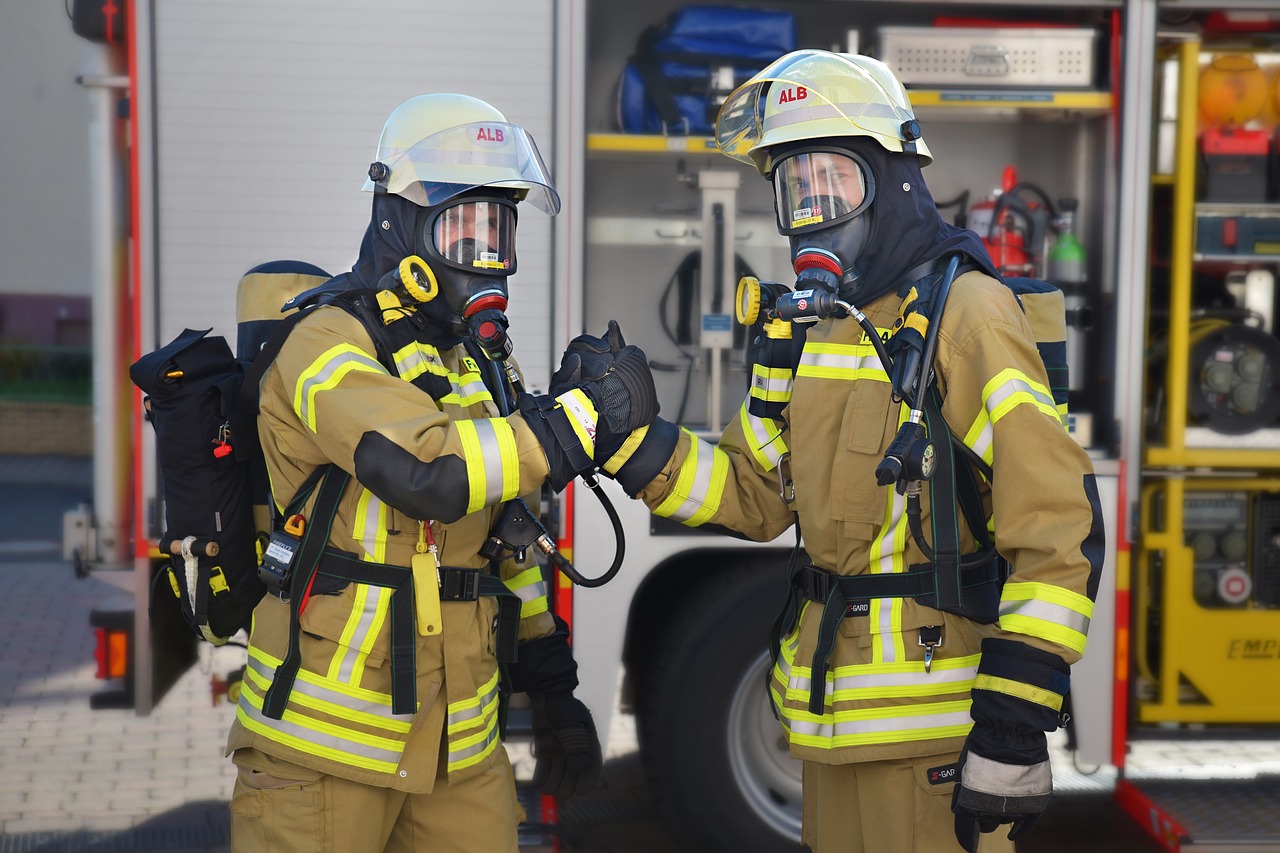Departments play a crucial role in providing emergency medical response in communities across the country. As volunteer fire departments often serve as first responders in medical emergencies, it is crucial to understand the level of training and expertise these individuals possess. This blog post will probe into the details of the emergency medical response training that volunteer fire departments undergo, the necessary certifications they hold, and the importance of their role in saving lives during critical situations.
Key Takeaways:
- Emergency medical response training is vital for volunteer fire departments: Being prepared to provide immediate medical assistance can save lives in emergencies where professional medical help may be delayed.
- CPR and first aid training are important skills: Basic life-saving techniques such as Cardiopulmonary Resuscitation (CPR) and first aid can make a significant difference in the outcome of a medical emergency.
- Regular refresher courses are necessary: Skills can deteriorate over time, so it’s crucial for volunteer firefighters to participate in regular training sessions to stay updated and proficient in emergency medical response.
The Importance of Emergency Medical Response Training
Before delving into the specifics of emergency medical response training in volunteer fire departments, it is crucial to understand the significance of such training. The ability to provide immediate medical assistance can mean the difference between life and death in emergency situations.
The Role of Volunteer Firefighters in Medical Emergencies
One of the primary roles of volunteer firefighters is to respond to various emergencies, including medical situations. These volunteers often act as first responders, providing vital care and support until professional medical help arrives on the scene.
Benefits of Equipping Volunteers with EMS Skills
Medical emergencies can occur at any time, and having volunteer firefighters equipped with Emergency Medical Services (EMS) skills can significantly improve the outcome for individuals in distress. In many rural areas, volunteer firefighters are often the first to arrive at the scene of emergencies, making their knowledge of EMS procedures invaluable.
This specialized training allows volunteers to assess the situation quickly, administer first aid, and potentially save lives before more advanced medical help can arrive. Additionally, equipping volunteers with EMS skills enhances the overall efficiency and effectiveness of emergency response efforts in communities.
Key Components of Effective Training Programs
Initial Certification Requirements
Effective emergency medical response training programs in volunteer fire departments require individuals to meet certain initial certification requirements. These requirements often include completing specific courses such as CPR, first aid, and basic life support. In addition, individuals may need to pass written exams and demonstrate practical skills in simulated emergency situations.
Ongoing Training and Skill Maintenance
One of the key components of effective emergency medical response training programs is ensuring that members engage in ongoing training and skill maintenance. This involves regular refreshers on medical procedures, equipment usage, and protocol updates. Continuous training helps volunteers stay proficient in their skills and stay up-to-date with the latest techniques and practices in emergency medical response.
Training sessions may include scenario-based simulations, hands-on practice with equipment, and workshops on topics such as patient assessment and emergency response protocols. Regular drills and exercises are also important to keep volunteers sharp and prepared to respond effectively in real-life emergency situations.
Challenges and Solutions for Training in Volunteer Fire Departments
Funding and Resource Allocation
Solutions for addressing the challenge of funding and resource allocation in volunteer fire departments include seeking grants from government agencies, partnering with local businesses for sponsorships, and organizing community fundraisers. By diversifying funding sources and actively engaging with the community, volunteer fire departments can ensure they have the necessary resources to provide quality training for their members.
Ensuring Consistency and Quality of Training
On the issue of ensuring consistency and quality of training, volunteer fire departments can implement standardized training protocols, invest in training equipment and facilities, and provide continuous training opportunities for members. By setting clear training standards, regularly evaluating training programs, and fostering a culture of continuous learning, volunteer fire departments can maintain high standards of training excellence.
This can be achieved through regular assessments and feedback mechanisms, where training sessions are evaluated for effectiveness and relevance. By incorporating feedback from members and instructors, volunteer fire departments can tailor their training programs to meet the specific needs and skill levels of their team members. Consistent monitoring of training progress and regular updates to training curriculums are crucial to ensure that all members are well-prepared to respond effectively to emergencies.
Implementing Training Initiatives
Strategies for Successful Program Deployment
To ensure successful implementation of emergency medical response training programs in volunteer fire departments, it is vital to tailor the training to the specific needs and capabilities of the department. Providing hands-on training sessions, setting clear objectives, and consistently evaluating the progress of participants are key strategies for a successful program deployment.
Collaboration with Professional Medical Services
Successful collaboration with professional medical services can enhance the quality and effectiveness of emergency medical response training in volunteer fire departments. By partnering with local hospitals, EMS providers, or medical training institutions, fire departments can access resources, expertise, and training facilities that may not be available internally.
For instance, partnering with an EMS provider could enable fire department members to participate in ride-alongs with paramedics, gaining valuable field experience and exposure to real-life emergency scenarios. This collaboration can help bridge the gap between classroom learning and hands-on application, ultimately improving the readiness and capabilities of volunteer firefighters in responding to medical emergencies.
Final Words
To wrap up, emergency medical response training is a crucial component of volunteer fire departments. It equips first responders with the necessary skills to provide immediate care to those in need during emergencies. Understanding the importance of this training, as well as the requirements and resources available, is necessary for volunteer firefighters. By staying informed and up-to-date on medical response techniques and protocols, volunteer fire departments can effectively serve their communities and save lives. Do not forget, being prepared and well-trained is key in ensuring successful and efficient emergency medical responses.


